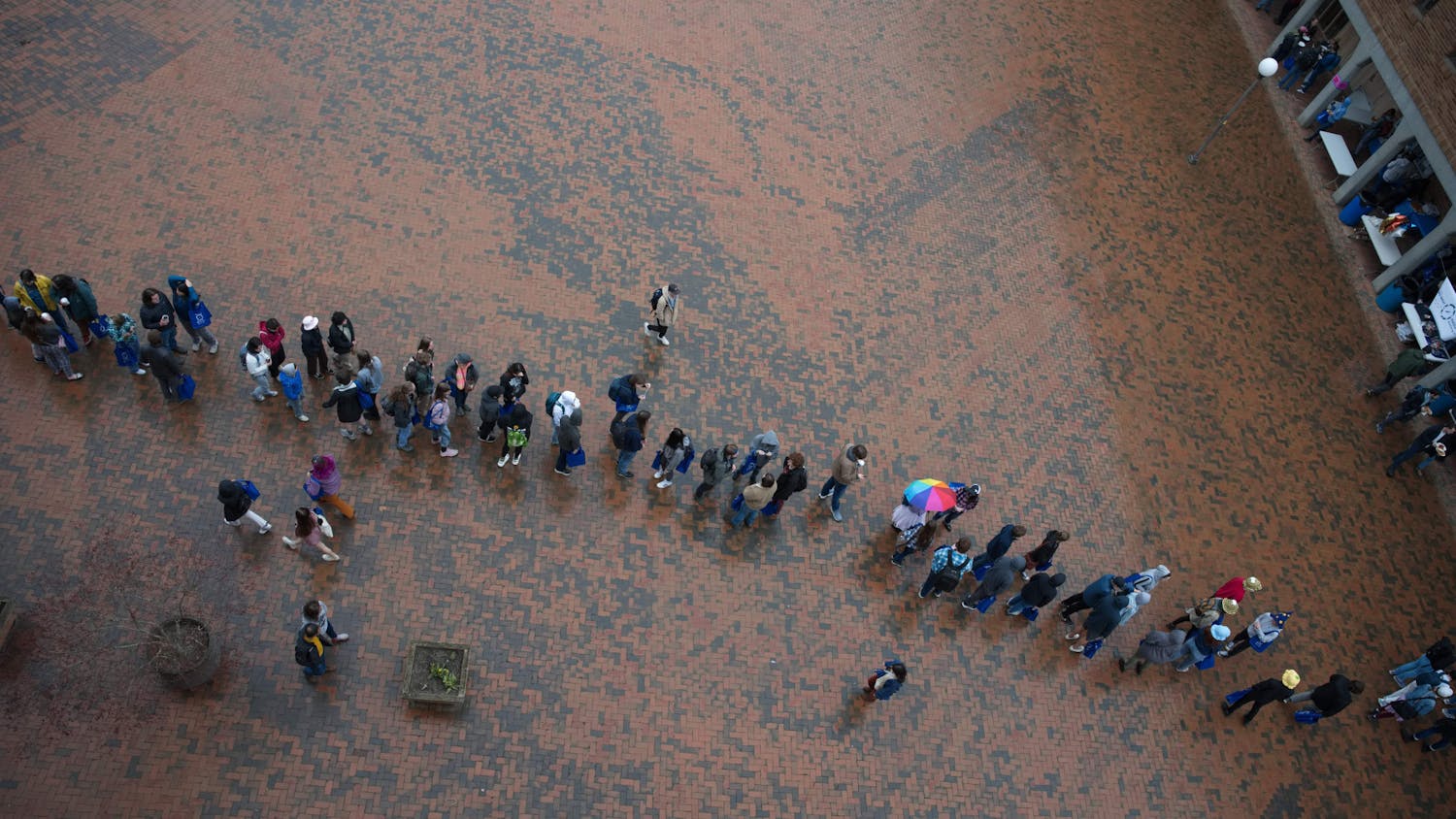By Kayna Dean
An increase in deaths of children from firearms as well as recent school shootings has opened up for safety policy conversations, but has also caused some students in the Woodring College of Education to be concerned about their future careers.
According to the Children’s Defense Fund, 3,128 children and teens died from guns in the United States in 2016. That comes out to be be one death every two hours and 48 minutes.
Claire Esser is a senior at Western majoring in sociology through the elementary education department. She has firsthand experience with school shootings.
Esser was a senior when a student opened fire at Marysville Pilchuck High School in 2014. Esser was pulled out of the hallway she was in and into a teacher’s classroom when it all happened.
“He [the teacher] comforted me and automatically helped all of the students before himself,” Esser said. “He knew what to do in that situation.”
Junior Larisa Kreft is majoring in language, literacy and cultural studies through the elementary education department in Woodring. Kreft admits she is more concerned about her safety now than when she first started in the program.
“I definitely wasn’t nervous about it when I first chose this career, but as time as gone on and especially nowadays, it’s become such a relevant thing,” Kreft said. ”I feel like I’ve thought about it a lot more and it makes me a little bit nervous. You have to just be prepared and know what to do in those situations.”
Though Esser is a little scared about the increased number of shootings in schools, she isn’t hesitant about continuing her Woodring education. “I feel like violence is everywhere. You can’t really avoid it. It’s just being prepared that is the most important thing,” she said.
Kreft suggested the idea of having training courses on what to do in case of a shooting, similar to an earthquake or fire drill.
Though she likes Western’s education program, Kreft doesn’t think there is enough talk about what to do and how to prepare for violent situations.
Even though shootings are becoming more prevalent, Woodring does not include curriculum that prepares teachers for violence or what to do to comfort students in that situation.
“I feel like violence is everywhere. You can’t really avoid it. It’s just being prepared that is the most important thing.”
Claire Esser, senior at Woodring
“I feel like the reason they haven’t included a lot about that is because it hasn’t been such a relevant thing until recently,” Kreft said. “But I think it’s something that definitely needs to be included in curriculum.”
Marilyn Chu is the program director for early childhood education in Woodring. Chu also teaches education classes, some of which focus on trauma.
“We don’t prepare our teachers to think about specific procedures, but school districts do,” Chu said. “We prepare our students to think more broadly about what society is like now, what are some of the common traumas that families and children are exposed to and what’s our role as teachers to help children feel safe.”
Health and safety policies vary by school district, so Woodring doesn’t directly teach procedures to students.
“We work collaboratively in partnership with districts and other programs for children and our students are out in field experiences right from the first quarter,” Chu said. “They learn what the expectations are and they are knowledgeable about the context of schools. They are all mandated reporters; they all have to follow those procedures.”
Chu said she and many other faculty are interested in looking into different types of trauma that impact children. David Carroll, professor in Woodring, is one of them. Carroll discussed ideas from the book “Fostering Resilient Learners: Strategies for Creating a Trauma-Sensitive Classroom.” Many of these ideas revolved around adverse childhood experiences.
“They [teachers] are working in schools where almost by definition there are going to be kids who have experienced these adverse childhood experiences,” Carroll said. Adverse childhood experiences can range from domestic violence and divorce to actual violence and homelessness, he said.
“Not only do we need to help people becoming teachers anticipate this [trauma] and think about how to support kids, but we need to recognize a secondary trauma that comes from being in that all the time,” Carroll said. “Working with people who are experiencing trauma, you’ve got to be strong for them.”
Carroll said it is vital that teachers foster relationships with their students before a traumatic situation occurs.
“Relationships are a key thing,” he said. “I think as a university and as individual colleges and departments, we have to go out of our way to make that happen so when crap descends on us, we already have relationships. We can’t wait until that happens to establish them.”
Carroll said building relationships has been a critical part of his teaching methods.
“Making that effort makes a difference so that people feel connected and supported,” he said.
Helping future educators anticipate trauma in the classroom is something Carroll said should be addressed more in the Woodring program. Faculty and administrators plan to discuss a systematic approach to doing so in April.
Until then, Carroll suggests future educators should find ways to sustain themselves and stay healthy so that if a traumatic situation occurs, they are in a position to help those that need it.





